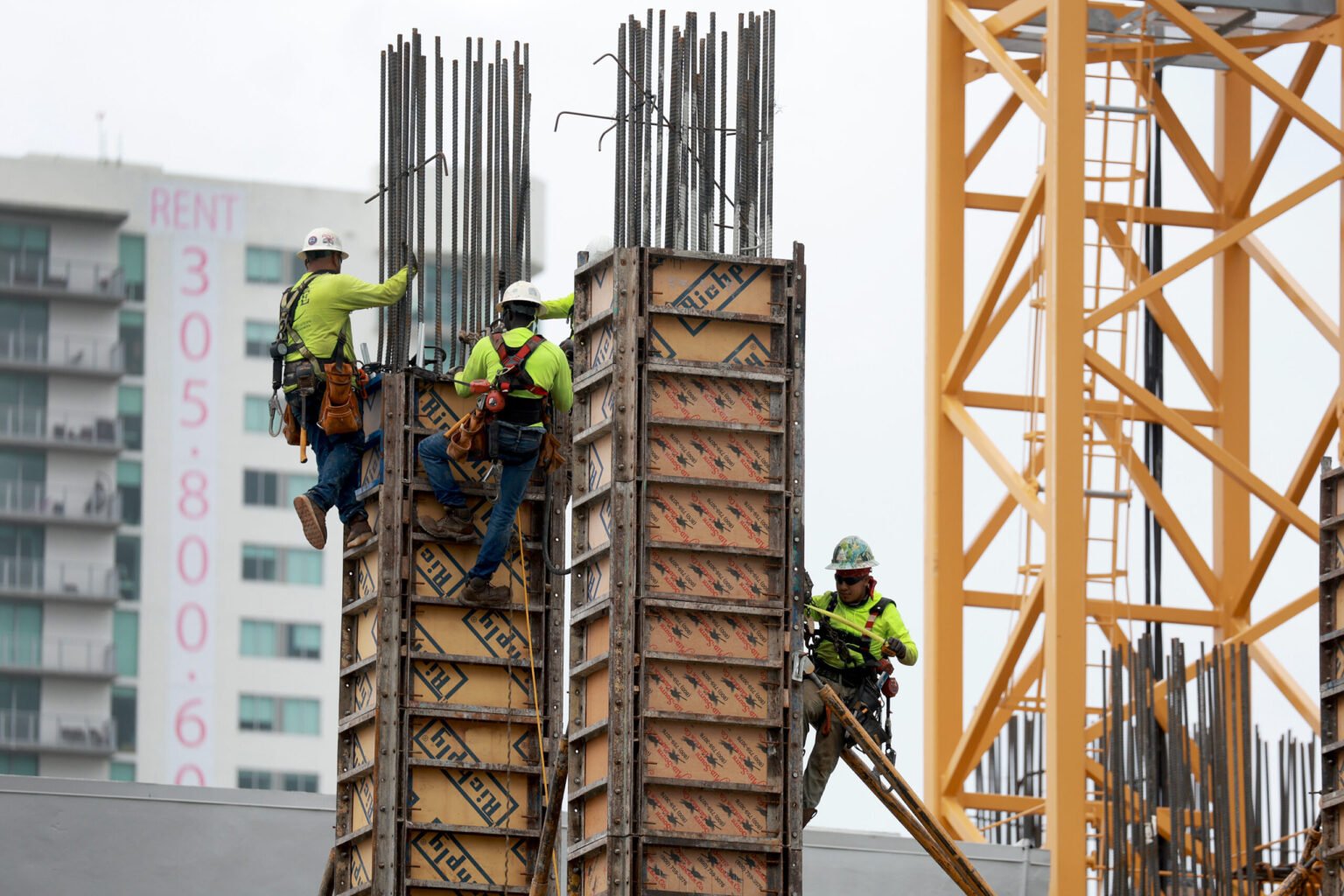Apartment Vacancies Rise for First Time in 6 Years: An In-Depth Analysis
Apartment Vacancies Rise for First Time in 6 Years: An In-Depth Analysis
In a surprising shift in the rental market, apartment vacancies have risen for the first time in six years. This development signals a significant change in the dynamics of the housing landscape, reflecting broader economic trends, shifting consumer preferences, and evolving urban environments. As we delve into the factors contributing to this rise, we’ll explore its implications for renters, landlords, and the real estate market at large.
Understanding the Current Vacancy Trends
The rise in Apartment vacancies has been attributed to several interrelated factors. After years of a booming rental market characterized by low vacancy rates and rising rents, the situation has turned on its head. According to recent data from real estate research firms, the national vacancy rate has climbed to levels not seen since before the pandemic, reaching approximately 7% in major metropolitan areas.

Economic Influences
One of the most significant contributors to the increase in vacancies is the current economic climate. Following a period of rapid economic recovery post-COVID-19, inflationary pressures have taken center stage. The rising cost of living, particularly in urban areas, has pushed many renters to reconsider their housing options. With consumer prices soaring—especially for essentials like food, fuel, and utilities—many individuals and families are finding it increasingly challenging to meet rent payments.
Additionally, interest rates have surged in recent months, making home ownership more expensive and driving some potential renters to stay put rather than upgrade to larger or more desirable apartments. This stabilization in the housing market has also led to an increase in new apartment construction, which, while beneficial for long-term housing availability, has further contributed to a temporary oversupply in some regions.
Changing Demographics and Preferences
The demographic landscape is also shifting. Millennials and Gen Z renters, who have long driven demand in urban areas, are now seeking more affordable housing options. The pandemic prompted a reassessment of lifestyle choices, with many opting to move away from densely populated urban centers to suburban or rural locations where rent is more manageable and living space is more abundant.
The trend toward remote work has also influenced where people choose to live. As companies adopt flexible work policies, employees no longer feel the pressure to reside close to their workplaces. This has resulted in a redistribution of demand across different regions, leading to higher vacancies in traditionally sought-after urban apartments.
The Impact of Legislative Changes
Local and state governments have implemented various measures to protect tenants during economic downturns, including rent control and eviction moratoriums. While these policies were critical during the peak of the pandemic, they have led to unintended consequences in some markets. Landlords facing constraints on rent increases are less incentivized to invest in property improvements or to maintain existing units, which can lead to decreased desirability and, consequently, increased vacancy rates.
Implications for Renters and Landlords
The rise in apartment vacancies presents both challenges and opportunities for different stakeholders in the housing market.
For Renters
With more vacancies available, renters may find themselves in a favorable position. An increase in supply typically leads to more competitive pricing, giving tenants the leverage to negotiate lower rents or seek better amenities. This newfound flexibility allows renters to explore options that may have been out of reach previously, such as larger apartments or those in more desirable neighborhoods.
However, the economic landscape remains precarious for many. While the increase in vacancies offers opportunities for better deals, the broader implications of inflation and rising living costs continue to exert pressure on household budgets. As a result, renters must remain vigilant and informed when navigating this evolving market.
For Landlords
On the other hand, landlords face a more challenging environment. The increase in vacancies often means longer periods without rental income, prompting property owners to reassess their strategies. Many landlords may need to invest in property upgrades or offer incentives—such as reduced rent or free utilities—to attract tenants.
The competition has intensified, pushing landlords to be more responsive to tenant needs and market demands. Understanding the shifting preferences of potential renters, such as a desire for flexible lease terms or pet-friendly policies, will be critical for retaining tenants and minimizing vacancies.
Future Projections
Looking ahead, the rise in apartment vacancies may signify a transitional phase in the housing market. As economic conditions stabilize, experts predict that the rental market will gradually rebalance. However, the landscape may look different than it did pre-pandemic.

Increased remote work flexibility and shifting demographic trends will likely continue to influence housing preferences, leading to a more diverse set of rental opportunities. Landlords may also adapt by incorporating more amenities that cater to the evolving needs of tenants, such as co-working spaces, enhanced technology, and eco-friendly features.
Conclusion
The rise in apartment vacancies for the first time in six years marks a pivotal moment in the rental market, driven by economic pressures, demographic shifts, and changing consumer preferences. While this trend presents challenges for landlords, it also opens up opportunities for renters in a landscape that is continuously evolving. As the market adapts, both parties will need to stay informed and agile to navigate the complexities of the current housing environment successfully.





